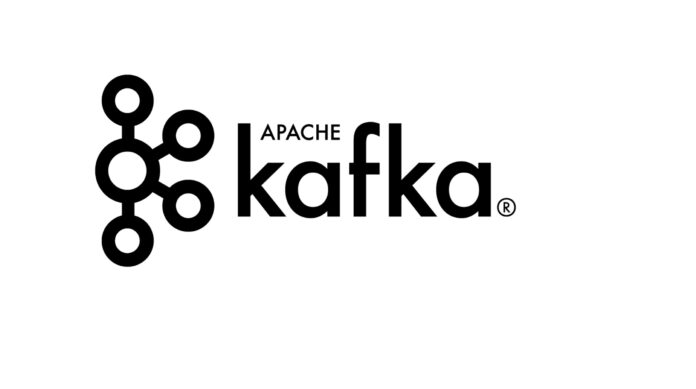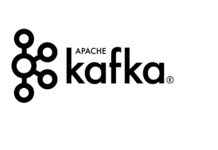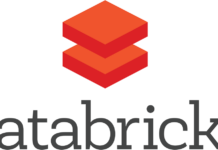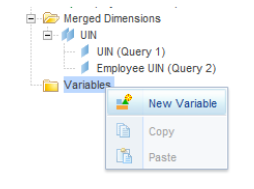What is Backpressure in Kafka?
Backpressure occurs when the rate of data production exceeds the rate at which the consumers or downstream systems can process it. This imbalance can cause the following issues:
-
Producer Impact:
- Producers might face delays when brokers cannot keep up with incoming data, leading to retries or even errors like
TimeoutException. - Kafka topics may become overwhelmed if partitions are overfilled, causing storage or retention issues.
- Producers might face delays when brokers cannot keep up with incoming data, leading to retries or even errors like
-
Consumer Impact:
- Consumers may lag behind the producer, causing offsets to grow and increasing latency for message processing.
- Rebalancing issues may occur if consumers frequently fail or restart under load.
-
System-Level Impact:
- Overloaded brokers, excessive disk I/O, and network bottlenecks can destabilize the Kafka cluster.
How to Solve Backpressure in Kafka
There are multiple strategies to address backpressure, depending on whether the problem lies with producers, consumers, or the Kafka cluster itself.
1. Optimize Producers
Producers often play a key role in generating backpressure if they are producing too much data too quickly. Here’s how to optimize them:
a. Throttling Producer Rate
- What to Do: Limit the rate at which producers send messages to Kafka.
- How to Configure:
- Add rate-limiting logic in the producer application.
- Use an external rate-limiting library (e.g., Token Bucket or Leaky Bucket algorithms).
b. Adjust Batch Sizes and Linger Time
- Reduce Batch Size (
batch.size):- Send smaller batches to prevent overwhelming the broker.
- Example: Decrease
batch.sizeto 16 KB or 32 KB.
- Reduce Linger Time (
linger.ms):- Minimize waiting time for batch formation to reduce load spikes.
- Example: Set
linger.ms=0for immediate sends.
c. Enable Compression
- What to Do: Compress messages to reduce the size of data sent over the network.
- How to Configure:
- Use compression settings like
compression.type=snappyorcompression.type=lz4.
- Use compression settings like
d. Monitor Acknowledgements (acks)
- What to Do: Adjust the
ackssetting for performance and durability balance.- Use
acks=1for faster writes but lower durability. - Avoid
acks=allif latency is critical, as it waits for replication across all in-sync replicas.
- Use
2. Scale Consumers
If consumers are unable to keep up with the data production rate, scaling them is often the best solution.
a. Add More Consumers to the Group
- What to Do: Increase the number of consumers in the consumer group to process partitions in parallel.
- Caveat: Ensure the number of consumers does not exceed the number of partitions in the topic.
b. Tune Consumer Configuration
max.poll.records: Increase the number of records fetched per poll to reduce the polling overhead.fetch.min.bytes: Lower this value (e.g.,fetch.min.bytes=1) to ensure frequent fetching of small batches.enable.auto.commit: Set this tofalseand manually manage offsets for more control over consumption and retries.
c. Optimize Consumer Throughput
- Use multithreading within consumers to process messages concurrently.
- Offload time-intensive tasks (e.g., writing to a database) to a separate thread pool or message queue (like RabbitMQ).
3. Manage Broker and Topic Settings
If backpressure originates from overloaded Kafka brokers or misconfigured topics, the following settings can help:
a. Increase Partitions
- What to Do: Increase the number of partitions in the topic to allow more parallelism.
- Caveat: Repartitioning can disrupt key-based partitioning.
b. Increase Broker Capacity
- Add more brokers to the Kafka cluster to distribute load across more servers.
- Ensure brokers have sufficient CPU, memory, and disk I/O capacity.
c. Enable Log Compression
- What to Do: Compress messages at the topic level to reduce disk and network usage.
- How to Configure:
kafka-topics.sh --alter --topic <topic-name> --config compression.type=snappy
d. Monitor Broker Metrics
- Regularly check metrics like disk utilization, network throughput, and CPU usage.
- Tools like Prometheus, Grafana, or Confluent Control Center can help identify bottlenecks.
4. Use Backpressure-Aware Design Patterns
a. Buffering with Bounded Queues
- What to Do: Add a bounded in-memory queue between the Kafka consumer and the downstream processing system.
- How It Helps: Prevents consumers from overwhelming downstream systems while ensuring the Kafka consumer continues fetching messages.
b. Apply Flow Control
- Implement backpressure-aware protocols using frameworks like Apache Flink or Akka Streams.
- Dynamically throttle the rate of message consumption or pause/resume consumers based on downstream system load.
c. Use Dead Letter Queues (DLQs)
- What to Do: Route unprocessed or failed messages to a dead letter queue for later analysis.
- How It Helps: Prevents a single failed message from blocking the consumer and exacerbating backpressure.
5. Offload Processing to External Systems
If downstream systems (e.g., databases, APIs) are the bottleneck, consider the following:
- Batch Inserts: Instead of inserting one record at a time, send larger batches to downstream systems.
- Caching: Use an in-memory cache (e.g., Redis) to reduce the load on downstream systems.
- Scaling Services: Add more instances of downstream systems to handle higher throughput.
Summary Table: Backpressure Solutions
| Source of Backpressure | Solution |
|---|---|
| Producers | Throttle rate, reduce batch.size, reduce linger.ms, use compression. |
| Consumers | Add more consumers, increase max.poll.records, use multithreading, offload processing. |
| Kafka Brokers/Topics | Increase partitions, add brokers, enable log compression, monitor broker health. |
| Downstream Systems | Batch inserts, use caching, scale downstream services, apply flow control. |
| General System Design | Use bounded queues, implement flow control, leverage dead letter queues, and monitor system metrics. |
Conclusion
Backpressure in Kafka can stem from producers, consumers, or brokers, and solving it requires addressing the root cause. By scaling consumers, optimizing producers, and fine-tuning Kafka configurations, you can maintain a balanced and efficient pipeline that avoids backpressure and ensures smooth data flow.










